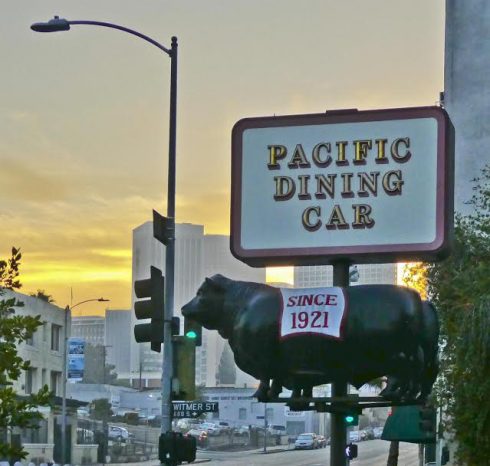His Name Is Mnuchin, Not Menuhin

Lionel Rolfe
When I wrote my first book on my family nearly 40 years ago—based on the key figure who was my uncle, Lord Yehudi Menuhin—I kept having a terrible time tracking down his name.
People had rarely heard of Yehudi’s last name, the Menuhins. They also had rarely heard of his first name, Yehudi, which mean, simply “The Jew.” He was one of the greatest violinists of the 20th Century. It turned out that Yehudi as well as my aunt Hephzibah Menuhin and mother Yaltah Menuhin, both concert pianists, were great musical prodigies as well. Yehudi was generally regarded as the greatest musical prodigy since Mozart. You can see my uncle, aunt and mother in the above publicity photo from the ‘50s. Read more
A Champion of Cuban Art Remembers Fidel And a Violent Anti-Castro Cuban In New York

Sandra Levinson Photo by Mary Reinholz
BY MARY REINHOLZ
reinho4@aol.com
Sandra Levinson was working late that March night when the bomb went off. It exploded in the inside hall of the Center for Cuban Studies, a leftist non-profit she had co-founded eight months earlier in New York with documentary filmmaker Saul Landau and photojournalist Lee Lockwood.
Shards of glass showered Levinson’s third-floor office in a Greenwich Village building near Barrow Street. Her glasses were broken when a window fell on them. But Levinson, a former reporter for the now defunct Ramparts magazine and a one-time political science instructor at City College of New York, was wearing a heavy poncho and escaped what could have been fatal injuries.
The Iowa native believes that the perp was a Cuban exile opposed to the late revolutionary leader Fidel Castro, possibly part of a group of violent extremists who regarded her as a hated Castro loyalist. Read more
CLIMBING ABOARD THE PACIFIC DINING CAR

The exterior sign overlooking LA. Photo by Barry Stein
By Bob Vickrey
Our monthly lunch club members decided that we had stepped back in time as we entered the time-honored Pacific Dining Car at the western edge of downtown Los Angeles.
You won’t find nouvelle cuisine or Asian-fusion on the menu at this 96 year-old LA steakhouse. This place is all about the meat. Vegetarians would likely starve at this old-fashioned eatery. Tofu and kale lovers need not apply.
This 24-hour landmark offers plenty of old-fashioned glory, featuring white linen table cloths, real silverware, and fine china. The waiters there even wear formal dinner jackets. Several dining rooms feature various themes, including the original Victorian-style dining car with crushed green velvet chairs, antique lamps, and overhead brass luggage racks—just in case you plan to stay for awhile. (And after eating lunch there, we wished we had brought our luggage so we could have stayed for dinner.) Read more
Honey finds where the Portola monument should be
NOTES FROM ABOVE GROUND
By Honey van Blossom
(Honey is a Belgian Marxist former strip-tease artiste)
One Sunday morning, river activist, urban adventurer and Los Angeles County Beach Commissioner Anthea Raymond and I met at Nick’s Café. Our mission for that day was to look for the real site of the August 2, 1769 Portola expedition’s campsite.
Gaspar de Portolá i Rovira led the first European land exploration from San Diego to San Francisco. Father Juan Crespi accompanied the expedition, and it was either from the campsite or very near it that he saw the land he recommended for a mission and large settlement, which became the City of Los Angeles.
Nick’s Café is at 1300 North Spring Street in an area that was probably alongside the agricultural lands first established in the grasslands Father Crespi saw.
The zanja (irrigation ditch) that probably nine of the pobladores – two of the eleven men were described as “useless” — built in the late summer and early fall of 1781 went through the area popularly called “the Cornfield,” now the Los Angeles State Historic Park, and before that, beginning in 1876, the Cornfield was occupied by the Southern Pacific train yard. In the early 1850s, the land was comprised of deeded land after E.O.C. Ord’s August 1849 survey. Before the 1850s, the land was comprised of farms. Read more



